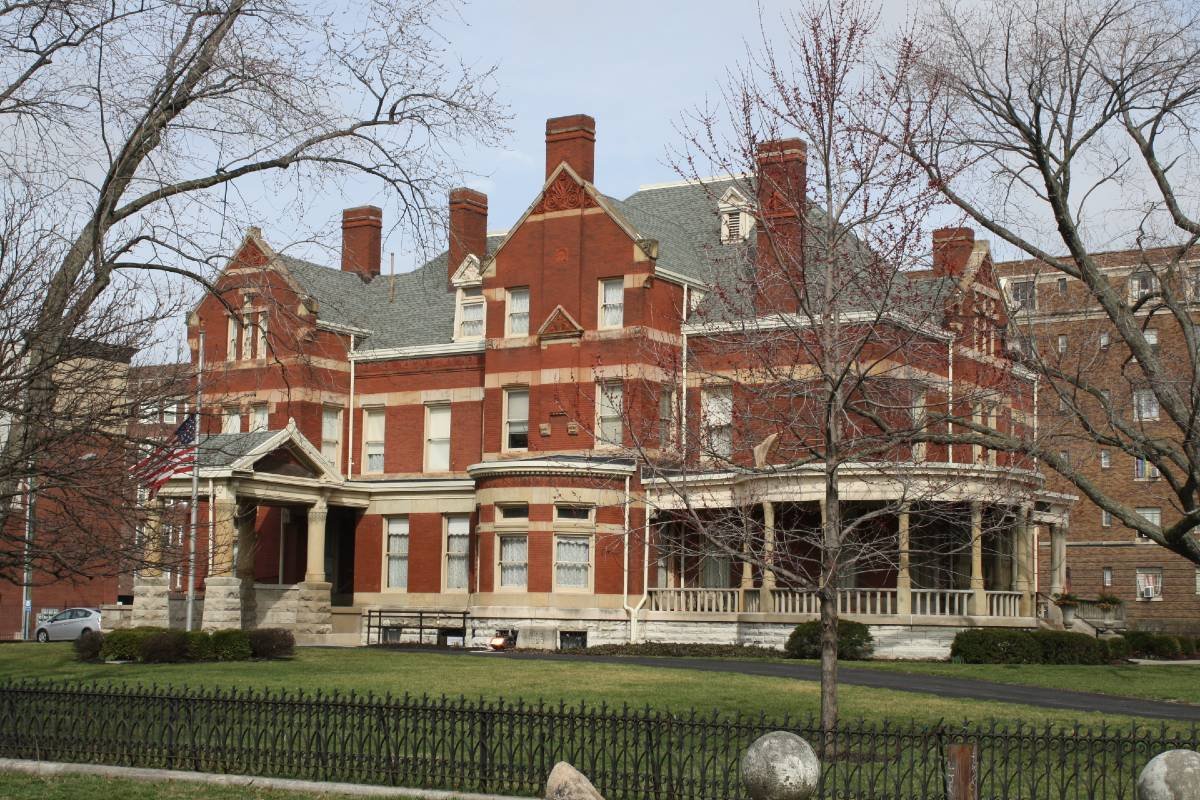11. Women’s Clubs Have Long Tradition of Promoting Culture and Service
James Glass
Column that appeared in the Indianapolis Star onFar more than men, women in Indianapolis have devoted themselves to forming organizations to improve the cultural offerings of the community. They have also put a premium on educating themselves and in providing needed services to the less fortunate. Beginning in the 1870s, women in the city began to establish clubs to broaden their understanding of the world and develop outlets for intellectual and artistic expression. Many of the early clubs pooled their resources under the leadership of May Wright Sewell, a nationally prominent advocate for women and suffragist, and founded the Propylaeum in 1888. The new organization constructed a building downtown to house women’s groups that stressed “literary, artistic, scientific, industrial, musical, mechanical, and educational purposes.” Such organizations soon included the Indianapolis Woman’s Club, Fortnightly Literary Club, Art Association of Indianapolis (later Indianapolis Museum of Art), Indianapolis Literary Club, Contemporary Club, Dramatic Club, Portfolio Club (made up of both women and men), and the Indianapolis Council of Women. In 1923 the Propylaeum gave up their original building and purchased the former home of German beer baron John W. Schmidt at 1410 North Delaware Street. The imposing Romanesque-Queen Anne style mansion saw the formation of many new cultural organizations, some of them now major Indianapolis institutions. The Children’s Museum was founded in the Propylaeum carriage house in 1925 by a group led by Mary Stewart Carey. The Indianapolis Civic Theater traces its roots to performances in the same spacious carriage structure, and the Junior League of Indianapolis began its Next to New Shop there.
Today, most of the historic clubs continue to meet at the Propylaeum, which also is home to newer clubs: Investment, Book, Art Appreciation, Art, “Sew-What” (crafts), Poetry, and Heritage. Red Hat luncheon clubs, distinctive in their crimson hats and purple dresses, meet regularly in the Propylaeum. Like the clubs founded by men, the Propylaeum and its host of clubs has been challenged by changes in society. The older members come from a generation who were home-makers and used their discretionary time to participate in women’s organizations. The baby-boomer generation of women and its daughters work full-time and are caught up in the ever-more frantic rush of heavy professional schedules and family obligations. Even so, past Propylaeum presidents Molly Adams and Mary Jean Alig say that membership is steady, and they have made an effort to schedule more activities in the evenings and on the weekends. Outside groups rent space for line dancing, night-time bridge, and even belly dancing. Also, the long history of the clubhouse and its ambience help to draw in new members.
Another focal point for women’s activities is the home of the Junior League of Indianapolis, the historic Schnull-Rauch House at 3050 North Meridian Street. The League, founded in 1921, promotes training women for service and leadership in the community through volunteer projects. Its members have promoted such initiatives as Braille transcribing, art education, children’s theater, mental health, Big Sisters, historic preservation, Ronald McDonald House, Fairbanks Hospital, and homeless assistance. The Schnull-Rauch home itself, a symbol of German-American heritage in the city, was a project of the League, which has raised money to preserve it and use it for offices and meetings.
Another long-standing women’s organization, the Indianapolis Garden Club, was founded in 1930 by a group led by Mary Stewart Carey, who held the first meeting in her country home, Haverway Farms, on West 86th Street. The Club has emphasized conservation of wild flowers, plants, and trees; sponsored beautification projects; held lectures on gardening and horticulture; and raised funds for scholarships awarded to students in horticulture or conservation.
In the African American community, women formed clubs similar to those of white women during the segregation era, and many of these continue to today. In 1904, Lillian Thomas Fox led fourteen of these organizations to form the Indiana State Federation of Colored Women’s Clubs, which occupied a clubhouse at 2034 North Capitol Avenue through the 1990s. The Fortnightly Literary Club was formed by African American teachers, librarians, social workers, and businesswomen in 1923 and reviews and discusses new books, world problems and current events, and cultural topics.
A host of other long-established women’s clubs meet without permanent homes. The Indianapolis Woman’s Department Club stresses community betterment projects. The Indianapolis Matinee Musicale engages in the study and performance of music. The Caroline Scott Harrison and Cornelia Cole Fairbanks Chapters of the Daughters of the American Revolution continue to promote patriotism and American history.

Indianapolis Propylaeum, 2016. James Glass
